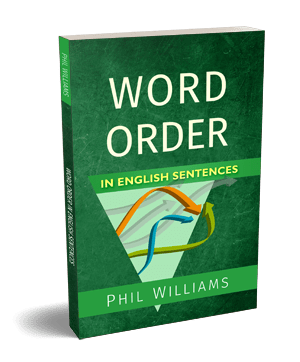 The different English tenses use a delightfully wide variety of forms, in the simple, continuous, perfect and perfect continuous for the past, present, and future. And, on top of that, we use those forms in positive, negative, question and negative forms. Now, when we start introducing auxiliary verbs (such as did or had) and negatives (not), we also start to use contractions to squash words together. For the most part, this doesn’t make life more complicated than adding another word to a sentence. Sometimes, it means you have to learn a new form…
The different English tenses use a delightfully wide variety of forms, in the simple, continuous, perfect and perfect continuous for the past, present, and future. And, on top of that, we use those forms in positive, negative, question and negative forms. Now, when we start introducing auxiliary verbs (such as did or had) and negatives (not), we also start to use contractions to squash words together. For the most part, this doesn’t make life more complicated than adding another word to a sentence. Sometimes, it means you have to learn a new form…
Contractions in Positive Statements, Questions and Negative Statements
The word order of forms for positive statements, questions and negative statements for tenses are not affected by contractions (for example I am – I’m, we will not – we won’t), so contractions are not too difficult to form. Note that will not becomes the irregular won’t, but for the most part not simply joins a verb as n’t, and otherwise short auxiliary verbs join the subject (most frequently as ‘d).
- I had done it. – I’d done it.
- We did not know where to turn. – We don’t know where to turn.
- You are not going to believe what I just found in the bin. – You’re not going to believe…
- It will not be easy to defeat the giant bats. – It won’t be easy…
Contractions for Negative Questions
The word order in tense forms for negative questions, however, are affected by contractions. This is important, because negative questions that are not contracted sound very formal, and the contracted form is a lot more common. In spoken English, it’s rarer to use the uncontracted form.
Typically, in a negative question not is placed after the subject, but a contracted negative question has the full contraction before the subject.
- Are you not going to the party?
- Aren’t you going to the party?
- What had they not seen yet?
- What hadn’t they seen yet?






